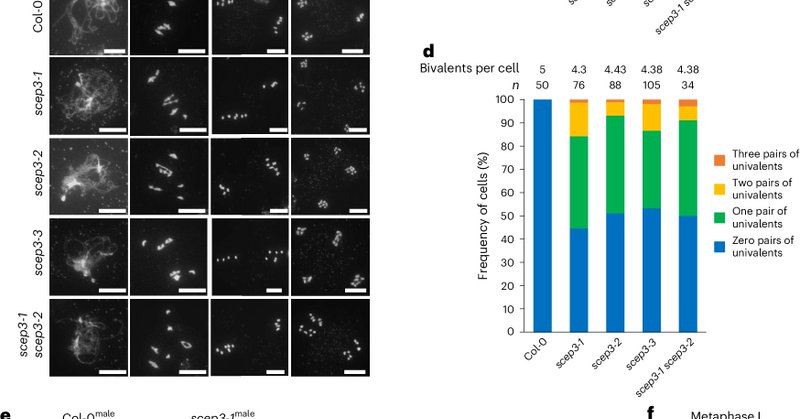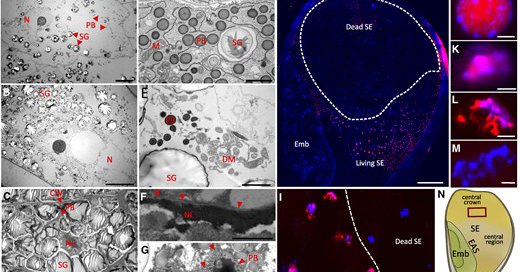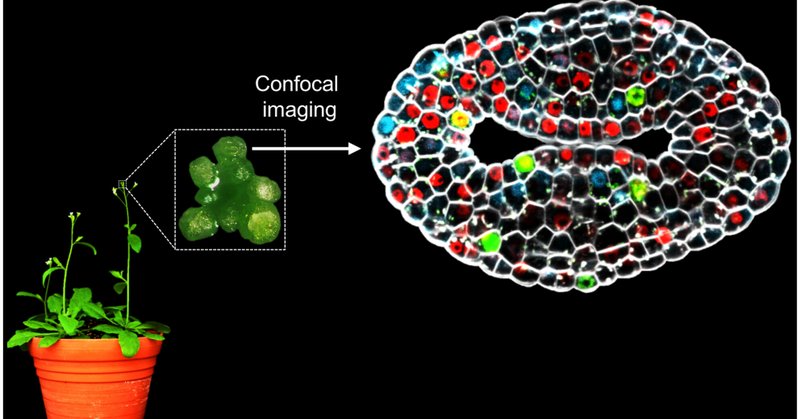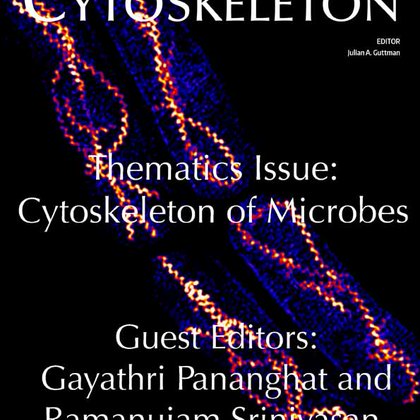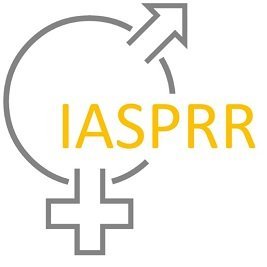
IASPRR @iasprr.bsky.social
@iasprr
Followers
1K
Following
3K
Media
252
Statuses
3K
International Association of Sexual Plant Reproduction🌸 Spreading research, lab news and scientific resources, from flower induction to fruit/seed development.
Joined June 2018
📢📢Happy to announce that our 28th ICSPR meeting will be held in Chengdu, China🇨🇳!, co-chaired by Professors Weicai Yang, Li-Jia Qu, Honghui Lin and Hongju Li. Stay tuned! more details coming soon!.#ICSPR2026 🌱😉 (foto: Zain Lee, in Unsplash).
0
6
23
RT @FloresTornero: Some representatives of the #PlantReproduction field at the amazing #PlantBio2025! Time to catch up😉🌺 #SciFamily https:/….
0
5
0
RT @rpalaniveluaz: I will be giving a talk on my lab’s innovative strategy (PhD thesis project of my graduate student Emma Jong @EmmaJong3….
0
8
0
RT @rpalaniveluaz: My graduate student Calvin Perkins will talk about GWAS on tomato pollen to identify genes critical for cell wall integr….
0
6
0
RT @rpalaniveluaz: My graduate student Kelsey Pryze (@KPryze) will present a poster on heat stress and role of ROS in tomato pistil thermot….
0
4
0
RT @FloresTornero: Heading to Milwaukee 🇪🇸 ➡️🇺🇲 to join @ASPB meeting #PlantBio2025 🌱! Ready for a week full of plant science , new people….
0
7
0
The synaptonemal complex central element SCEP3 interlinks synapsis initiation and crossover formation in Arabidopsis thaliana
nature.com
Nature Plants - This study identifies SCEP3 as a conserved central element of the plant synaptonemal complex. SCEP3 is critical for synapsis, heterochiasmy and crossover interference. SCEP3 also...
0
1
5
KIL transcription factors facilitate embryo growth in maize by promoting endosperm elimination via lytic cell death.
academic.oup.com
The transcription factors KIL1 and KIL2 promote lytic cell death, thereby facilitating embryo growth and determining the embryo-endosperm size ratio in mai
0
3
8
RT @NickDesnoyer: This is still my favourite time-lapse I've made 🌱 . A tiny mustard seed (half a millimetre) germinating into a seedling.….
0
48
0
RT @NikoMcCarty: In 2007, physicist Freeman Dyson wrote an essay called “Our Biotech Future” for The New York Review. In it, he wrote:. “I….
0
61
0
RT @uga_langebio: ✨¡NUEVO ARTÍCULO!✨.🔷Les invitamos a leer: "Almost lost in translation: integrated transcriptome and proteome analyses for….
0
3
0
RT @defolter_lab: New paper form the lab by Juan Ramos-Pulido. 🔬 Confocal imaging of the cell cycle and cytokinin signaling during gynoeciu….
onlinelibrary.wiley.com
Live imaging was used to observe the dynamics of the cell cycle during early gynoecium development, and based on quantitative analyses and pharmacological assays, it suggests that the proliferation...
0
23
0
BONOBO transcription factors positively regulate STICKY GENERATIVE CELL for generative cell internalisation in Arabidopsis | Plant Reproduction .
link.springer.com
Plant Reproduction - Generative cell internalisation establishes distinctive ‘cell-within-a-cell’ pollen organization in angiosperms. Comparative and transgenic expression analyses...
0
6
12
RT @NewPhyt: 🌸 Diversity of #petal #epidermis at the microscale. 📖 #TansleyReview by Doody and Moyroud. @WileyPlant….
0
6
0
RT @PlantDirectJ: Reproductive Cold Stress in Contrasting Sorghum Genotypes: Is Pollen Fertility Really the Crucial Trait? (Luisa Neitzert,….
0
1
0
RT @NaturePlants: New Article: "High-temperature-induced FKF1 accumulation promotes flowering through the dispersion of GI and degradation….
0
13
0
RT @NickDesnoyer: SO excited to share that I’ve been awarded a grant from @osventuresllc to develop a genetic toolkit for flower design! He….
0
56
0
RT @JudithJ_Bernal: News!!!.🌸 From tiny primordium to complex organ — the Arabidopsis gynoecium hides many secrets! 🌿✨.The SDF Lab used con….
0
7
0
In Vitro Live Cell Imaging Reveals Nuclear Dynamics and Role of the Cytoskeleton During Asymmetric Division of Pollen Mitosis I in Nicotiana Benthamiana
onlinelibrary.wiley.com
Pollen is a male gametophyte of angiosperms. Following meiosis, the microspore undergoes an asymmetric division called pollen mitosis I (PMI), which produces two cells of different sizes: a large...
0
0
4


